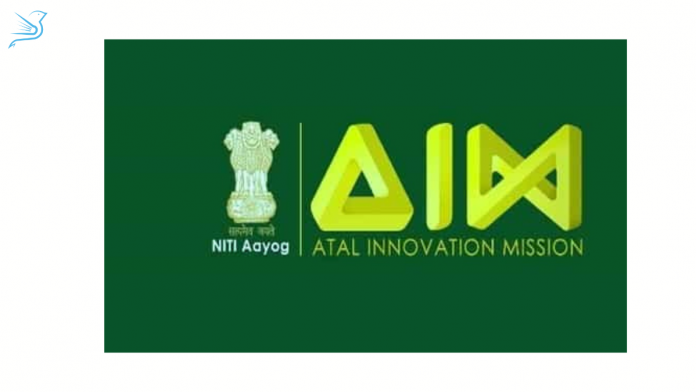Atal Innovation Mission (AIM) NITI Aayog in collaboration with La Fondation Dassault Systemes in India launched the third series of the ‘Student Entrepreneurship Program’ (SEP 3.0) for the young innovators of Atal Tinkering Labs (ATL).
We will discuss the program, its theme, significance, benefits and key facts related to it. Read our blog till the end to know all the details.
Key highlights
Aim
The goal of the programme is to motivate students to become future innovators and entrepreneurs.
The Student Entrepreneurship Programme (SEP) was created by AIM as a way to formalise a framework where top teams can collaborate with corporate and industry partners and obtain further coaching, funding for IPR, product design, and market deployment.
Theme
The Student Entrepreneurship Programme is based on the theme of ‘Made in 3D – Seed the Future Entrepreneurs Program’. It was conceptualized and rolled out in France by La Main à la Pate Foundation and La Fondation Dassault Systèmes Europe in 2017.
Implementation of SEP 3.0
- SEP 3.0 has selected 51 teams from 29 states for the “Made in 3D – Seed the Future Entrepreneurs Program.”
- The top teams of SEP 3.0 were selected through the ATL Marathon, a nationwide contest where students identify community challenges and create grassroot innovations and solutions within their ATL lab.
- The top 20 teams from the ATL Marathon 2019 are selected, including 10 teams chosen by the Dassault Systemes Foundation, 10 teams from Aspirational Districts, and 10 teams from Jammu, Kashmir, Ladakh, and the North East.
- Each of these 16 schools will have an ‘all-girls’ team to encourage them to be future women entrepreneurs.
Benefits of the programme
- SEP3.0 will enable student innovators to collaborate closely with Dassault Systemes Foundation volunteers to receive mentoring, prototyping and testing advice, end-user input, and intellectual property rights guidance.
- In addition to developing an innovation mentality and exposure to start-up culture, the teams will have a unique opportunity to meet and collaborate with French schools and students for cultural and technical interactions.
- The goal of the programme is to provide school children the opportunity to develop an entrepreneurial and inventive mindset, as well as appropriate exposure through activities-based learning, discovery, and challenges.
Atal Innovation Mission
- AIM is the Government of India’s flagship initiative to foster a culture of innovation and entrepreneurship throughout the country.
- The main objective of AIM is to create new programmes and policies to foster innovation in various sectors of the economy, to provide platforms and collaboration opportunities for various stakeholders, and to create an umbrella structure to oversee the country’s innovation and entrepreneurship ecosystem.
- AIM’s initiatives have played an important role in moving India from 81st in the Global Innovation Index in 2015 to 48th in 2020.
Some Initiatives undertaken by Atal Innovation Mission
- The establishment of Atal Tinkering Laboratories (ATLs) in schools to instil a problem-solving mindset in students in grades 6–12.
- The creation of Atal Incubation Centres (AICs) in universities, institutions, and the private sector to foster world-class startups.
- ARISE (Applied Research and Innovation Challenges for Small Enterprises) has been launched to stimulate Make in India research and innovation in the MSME industry.
- Establishment of Atal Community Innovation Centres (ACICs) in unserved/underserved areas of the country, including tier-2 and tier-3 cities and the hinterland, to stimulate community-centric innovations and to create local innovation hubs.
Atal Tinkering Lab (ATL) Programme
The Atal Tinkering Lab (ATL) programme is a space established in a school with the goal of encouraging curiosity and innovation in young minds across the country through 21st century tools and technologies such as Internet of Things, 3D printing, rapid prototyping tools, robotics, miniaturised electronics, and many more.
The goal is to instil a problem-solving, innovative mindset in the children of the ATL and surrounding communities.
The AIM has chosen 10,000 schools in over 680 districts across the country to establish ATLs. Until now, over 7,000 schools have received funding, and over 2 million students have access to ATLs.
With this we come to the end of this blog. SEP falls in line with the vision and mission of the aspirational district program and that it has given a new hope to students who were looking forward to such opportunities.




